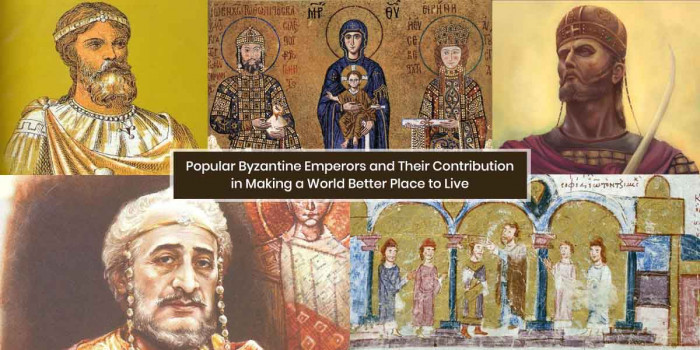10 Goddess of Love and Beauty from Different Mythologies & Their Stories
Many Goddesses are worshiped around the world. Read stories of different Goddess of Love and Beauty from various mythologies, cultures, and religions.
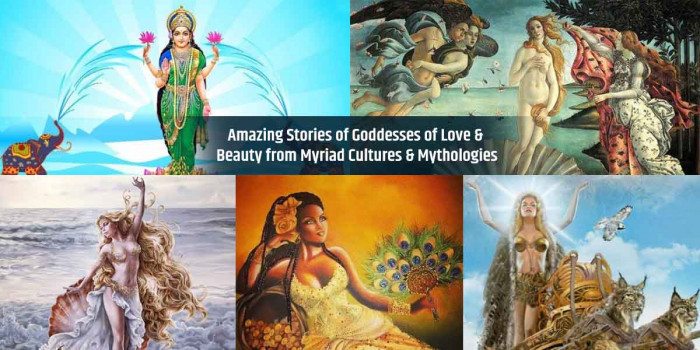
The moment you start speaking about beauty, the world will willingly join you and share ample examples of beautiful people, their definition, standards of beauty, etc. Similarly, talk about love, and many will tell their respective stories about love. But somehow, we forget that the origin of love and beauty is often found in mythologies.
Yes, there are goddesses of love, beauty (or attraction), fecundity, promiscuity, magic, and death too. And, since the beginning, gods and goddesses are held responsible for many of the mysteries of life personifying abstract powers. Love and Beauty are key elements in the life of humans as love makes humans bond with each other. It is a very complex feeling we experience. And, societies honored the goddesses held responsible for these gifts. The most interesting thing is that all of these love goddesses seem the same, even across national borders and only by a different name.
Often these ideals are founded in the mythologies created by societies. One can find several such examples in Greek, Mesopotamian, Roman, and other myths and legends. So, let’s learn about the goddess of love and beauty around different nations. Before that, let’s have briefs that learn why people worship beauty and love goddesses.
Why Do People Worship Love and Beauty Goddesses?

It is an undeniable fact that people have worshiped either what they have deeply feared, or what they have deeply valued and that too since the very beginning. And, in both instances, it is the power that is the most worshipped all over.
Like we said earlier, deities worshipped by these societies often represent discourses that are meaningful to societies, and beauty is a discourse that most societies actively involve themselves with and place great value.
Undoubtedly, it makes sense that the ancient people created a mythology of the feminine in all its colors as well as wonder embodying ideals of feminine beauty and power in the capacity of love, motherhood, and sensuality, among others.
And, many goddesses associated with Love and Beauty feature heavily in varied mythologies, each with a fascinating story of their own.
Goddess of Love and Beauty from Different Mythologies
1. Greek Goddess of Love and Beauty: Aphrodite

Perhaps the best-known Greek goddess of beauty is Aphrodite. She is considered as the epitome of physical beauty, fertility, love, and pleasure. While there are several questions regarding her birth, there are many legends popular. But the most believed and the most popular one suggests that she was born in a seashell out of seafoam as a pearl forms in an oyster shell. So Aphrodite is also one prominent water deity in Greek mythology.
In Sandro Botticelli's The Birth of Venus, this iconic scene is illustrated. Aphrodite, who is the mother of Eros (Cupid), a famous male Greek god, is associated with several symbols that include doves, sparrows, white roses, swans, and myrtles. The word "aphrodisiac" has also been directly derived from her name.
Well, nothing good came out of stories surrounding the myth of Aphrodite except the legend of her stunning beauty. Another famous thing she associated with the Trojan War.
Yes, she is known to have started that by promising Helen of Troy, the most beautiful mortal in the world, to Paris. It all happened in exchange for the title of the “Fairest Goddess of the Land.” She was also involved in many other scandals up on Mount Olympus, including the ill-treating of her son Eros’ mortal lover, Psyche.
2. Roman Goddess of Love and Beauty: Venus
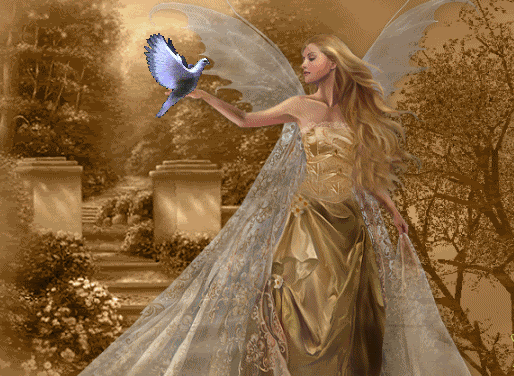
Roman goddess Venus encompasses love, beauty, desire, sex, fertility, and prosperity. It could be said that she is the Roman equivalent to the Greek Goddess, Aphrodite, and the Mesopotamian, Inanna. Despite ironically having quite a few illicit love affairs, Venus was the goddess of chastity in the mythology of Romans.
There were two main divine lovers: her husband Hephaistos/Vulcan and the God of War, Ares/Mars. Mars and Venus are alleged to have been cunningly trapped in a bed with a net by Vulcan, which is why Venus and Vulcan’s marriage was loveless, and also they had no children.
Hence you can think that in what way she is the goddess of fertility, well, she was in no way childless as she had many children from different gods. She gave birth to Timor, the personification of fear, with Mars, his twin Metus, the personification of terror, the Cupids who were a collection of winged deities representing love and Concordia, the goddess of harmony.
3. Egyptian Goddess of Love and Beauty: Hathor
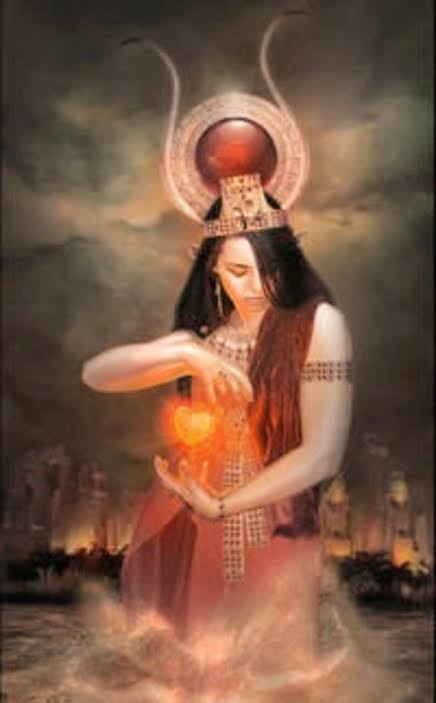
Hathor, who had many different roles, was a very important deity in ancient Egyptian religion. She was the symbolic mother of the pharaohs and was the wife of Ra, the Sun-god & the god of the underworld. Her soft side represented dance, joy, music, sexuality, maternal care, and love. She also served as a protector and the Eye of Ra, which gave her a vengeful side.
In this duality of strength and softness, she embodied the Egyptian conception of femininity. As a reference to her maternal side, Hathor is associated with the symbol of the cow, but her most common form is a woman wearing cow horns. As Egyptian animals had deity equivalents, she was also represented as a cobra, a sycamore tree, or a lioness.
4. Slavic and Baltic’s Goddess of Love and Beauty: Lada

If we talk about Baltic and Slavic mythology, goddess Lada is one who is associated with beauty, love, and fertility. There is also one masculine counterpart of her, Lado. In songs related to planting, harvest time as well as weddings, they are frequently mentioned together.
Derived from the Russian word lad, the name Lada is means harmony, peace, and union. Deities whose aspects relate to the Sun, grain, and water are closely related to Lada. Between the fifteenth and eighteenth centuries in Russia, Lada and Lado both were worshiped during springtime fertility rites.
5. Mesopotamian Goddess of Love and Beauty: Inanna

A Mesopotamian goddess Inanna, the “Queen of Heaven,” is representing love, sex, beauty, justice, political power, and war. She is Mesopotamian equivalent to Aphrodite and is associated with the planet Venus, just as most goddesses of beauty. If we talk about her most prominent symbols, it includes the lion and the eight-pointed star.
Inanna was responsible for love, procreation as well as lust, despite being regarded as a virgin goddess. Representing all positive and negative aspects of civilization, she was also believed to have stolen themes from the god of wisdom. And many legends about her are associated with the usurping of other goddesses and even gods' kingdom.
6. Hindu Goddess of Love and Beauty: Sri (Lakshmi)

Sri ("Prosperity"), also known as Lakshmi ("Good Fortune"), is the Hindu Goddess of beauty and love, who brings wealth. The wife of Vishnu, she was born from the sea, fully grown and gorgeous, just like greek goddess Aphrodite.
According to a legend, all of the Gods needed renewal, and somehow they planned to churn the Ocean of Milk to make soma, which is a divine food that grants immortality, just like cream is churned to butter. By using Mount Mandara as the churning paddle, this was done on the requisite grand scale. As a procedure, Vasuki, the great snake, was wrapped around the mountain and pulled by the demons (or Asuras) from one side. And the Gods (or Devatas) pulled it from the other side.
This whole procedure produced a lot of heat (much like a bow-type firestarter works). However, the poor serpent was pretty uncomfortable being yanked such way and that eventually many great treasures were produced: the Tree of Paradise; Varuni, the hoped-for soma; Parijata, the Sun and the Moon, Goddess of Wine; the Apsaras; and finally Lakshmi Herself, seated on an open lotus. Immediately, Vishnu fell in love with her, and they were wedded.
Lakshmi is a much-beloved, beautiful, and powerful Goddess, and in fact, Vishnu is often referred to with the title "Husband of Lakshmi." She is often shown holding one lotus as Her emblem and also called the "Lotus Goddess." She is also Goddess of fertility, abundance, and wealth. Holy basil is said to bring children as it is sacred to Her. Lakshmi is sometimes depicted on coins, represented as a basket full of rice and sometimes with coins falling from her hands.
She also called Goddess of Love because Vishnu and Lakshmi are bound together in love through time. As Vishnu is a descendent in His Incarnations, Lakshmi is also reborn several times as His wife—She is the wife of Rama and Goddess of the fertile Earth ("the Furrow") as Sita, and she is married to Krishna as Rukmini ("Twilight").
According to some legends, even her name brings good fortune, spirituality, prosperity, and the beauty of this earthly world. Worshipping her provides richness, prosperity, and material comforts need not be viewed as shallow or non-spiritual; as the goddess, sees over both the spiritual and material in joy and beauty.
Alternate Names: Sree, Laxmi
Alternate incarnations: Kamala ("Lotus" or "Desire"), Sita, Rukmini, Radha ("Success"), Dharani, Mahalakshmi ("Great Lakshmi") the shakti of Vishnu as Narayana, and Varahini (wife of Varaha, Vishnu in His Boar incarnation)
Titles: Ksirabdhitanaya ("Daughter of the Ocean of Milk"), Padma ("Lotus"), or Padmavati ("Lotus-bearer"), and Jaladhija ("Ocean Born").
7. Norse Goddess of Love and Beauty: Freya
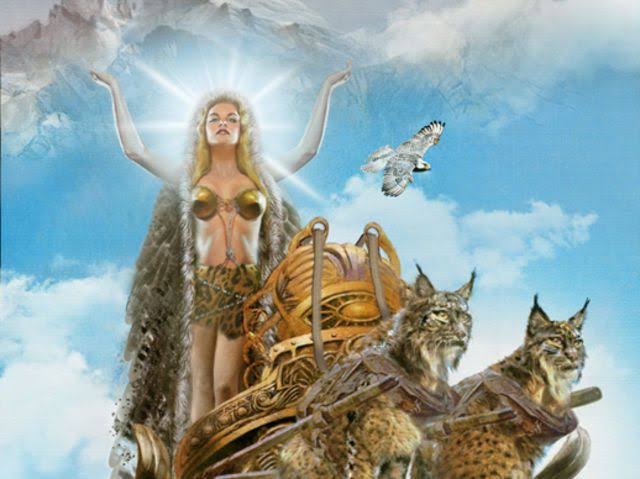
In Norse mythology, Freya is the Goddess of love and beauty but is also associated with sex, sorcery, lust, fertility, war, gold, and death. In Old Norse, Freya was known as “Freyja,” which means “lady.” There are several spellings of it, such as Freya, Freija, Freyia, Frejya, Frøya, Fröja, Frøjya, Frua, Freja, Freia, and Freiya.
She is from the Vanir, hence she does not originate from the Aesir. Some legend suggests that she and two other Gods were sent to the Aesir by the Vanir as a token of truce, and in return, the Aesir also sent two Gods to the Vanir. But after the war between the Aesir and Vanir ended, Freya became an honorable member of the Aesir.
8. African Goddess of Beauty & Love: Oshun
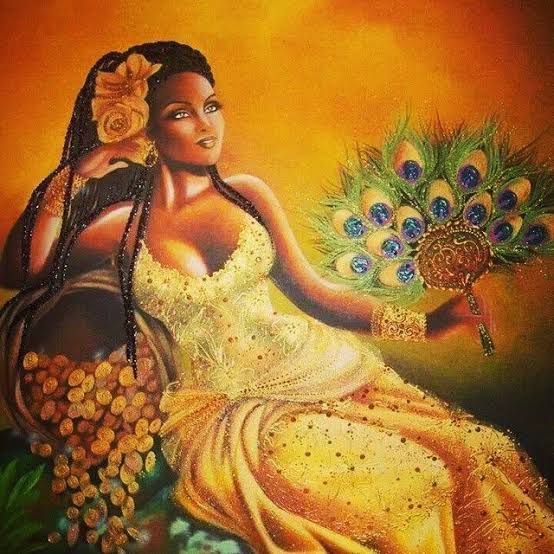
It is said-
“Oshun is beneficent and generous, and very kind. She does, have a malevolent and tempestuous temper, although it is difficult to anger her.”
Also, it is said-
“Oshun has excellent cooking skills.”
Oshun, the African goddess, is the Mother of the African sweet or freshwater. And, she is known as Yemaya in her form as the mother of salt waters.
Like Egyptian & Greek love goddesses, Oshun is also the goddess of love and is widely beloved. She is known for healing the sick, bringing music, cheering the sad, as well as bringing prosperity as well as fertility.
She is the mother of all orphans, the protector of the poor; she is the one who brings them what they need in this life through periods of strength as well as weakness.
Also, Oshun was taught the art of divination, like other Ancient Egyptian queens, with cowrie shells, tarots, cards, visions, songs, possessions, chants and meditations by her father Obatala, the first of the created gods.
Moreover, she brought the teaching of divinations, agriculture, mysticism, and culture to humans. She is known as the mother of the birds of the forest and the fish of the sea.
Oshun is the essence of love, beauty & flowing joy, and sweetness & good cheer.
9. Canaanite Goddess of Love and Beauty: Astarte

In Canaanite mythology, Astarte is the goddess of beauty and love. Known in the Bible by the name Ashtoreth, Astarte is the queen of heaven. All the Idols which are made in her honor were called Astaroth (plural of Ashtoreth). The goddess of beauty was married to the god of storms, Baal Hadad, who later became the supreme deity of Canaan.
Astarte (Greek) was among the litter of seventy deities the great mother Asherah bore by the supreme God El, known as Ashtart in Phoenician. Yes, the goddess of beauty and love is one of the Elohim, the children of God.
She is often compared with the goddess Anath, but unlike her, Ashtoreth is a deity predisposed toward peace, love, and life. Moreover, she is disinclined from bloodshed and death: an inner beauty that would earn the sky goddess supremacy among the people of Canaan.
“Astarte set the head of a bull upon her own head as a mark of royalty; and in travelling round the world she found a star that had fallen from the sky, which she took up and consecrated in the holy island Tyre. And the Phoenicians say that Astarte is Aphrodite.” — Philo of Byblos
10. Greek Goddess of Love and Beauty: Hedone
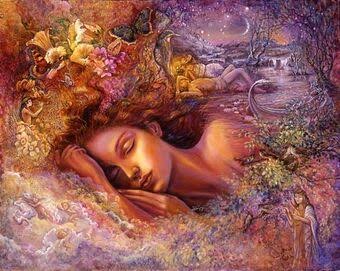
Another Greek Goddess of love and beauty, Hedone, was born as a result of the union between Eros (Cupid), son of Aphrodite, and Psyche, his mortal lover. She is also considered a goddess of pleasure, delight, and enjoyment. The term “hedonism” originates from the name of Goddess Hedone and underscores the lust, feminine beauty, and sexuality that Hedone encompassed.
In Roman Mythology, the corresponding goddess of Hedone is Voluptas. Hedone would reside in the Temple of Himeros but would seldom be found there. Rather than that, armed with a perfumed torch of Love, she was always wandering in human towns and myrtle that she would use to induce delight, ecstasy, and profundity on people. Some legends suggest that she had many mortal lovers.
Final Thoughts
So, we have seen both Goddess of Love and Beauty, and it could be said that only religions or cultures differ, but the powers of deities remain the same.
If you know any other great goddess of love and beauty who is not in the above list, tell us through the comment section.
Popular Posts
Top 10 Sharpest & Deadliest Swords In History
In classic mythological movies, books and television, we’ve seen those audacious sword-wielding heroes smiting the enemi...
Augustus Perez
List of Water Deities from Different Mythologies
Water deities are the gods and goddesses who had the powers to control the elements of water and ruled over all the fresh and saltwater of the earth. Here’s a list of water deities from different mythologies.
Rishika Gupta
Winged Lion: The Terrifying Mythical Creature In Different Mythologies
A mythological creature, a winged lion dates back to ancient times. This flying lion-like creature has origins in Heraldry, Christianity, Mesopotamian, and Greek mythologies.
Ethan Stephans







